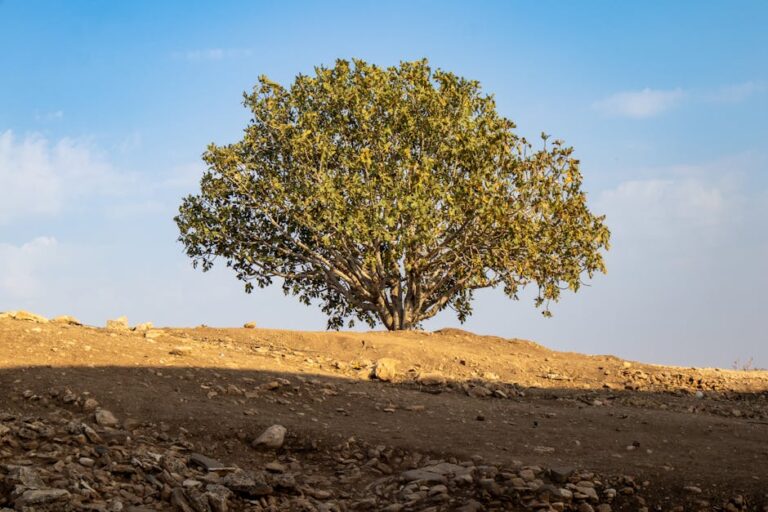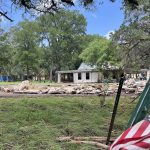Hurricane melissa devastates jamaica’s agricultural heart: farmers face uphill battle to rebuild food security

Hurricane Melissa, the most powerful storm ever to strike Jamaica with winds reaching 185 mph, has left the Caribbean nation’s food system in ruins three weeks after making landfall. The catastrophic storm claimed 45 lives and caused economic losses equivalent to 30% of Jamaica’s annual GDP, with damages expected to climb higher according to the UN Development Programme.
The agricultural sector bore the brunt of Melissa’s fury, particularly in St. Elizabeth Parish—Jamaica’s vital “breadbasket” region. Over 70,000 farmers saw their livelihoods destroyed across 41,500 hectares of farmland, while more than one million livestock perished in the storm. Caribbean Broilers, a major poultry producer, lost half its stock. The devastation is especially crushing for farmers still rebuilding from 2024’s Hurricane Beryl, forcing many to start completely over.
The ripple effects extend far beyond rural communities. Kingston’s typically bustling Coronation Market now sits largely empty, as urban centers that escaped direct damage face food shortages. Tens of thousands of Jamaicans require immediate food assistance, while blocked roads from flooding and landslides hamper relief efforts to mountainous interior regions.
Jamaica’s government has announced a $3 billion recovery plan and begun distributing seeds, but the road ahead is daunting. With nearly 20% of Jamaicans working in agriculture, rebuilding isn’t just about individual farmers—it’s about national food security in an era of intensifying climate change. Aid organizations emphasize that future reconstruction must go “beyond what we know,” implementing more resilient farming practices to withstand increasingly powerful storms.
This article was written by the EnviroLink Editors as a summary of an article from: Grist News







